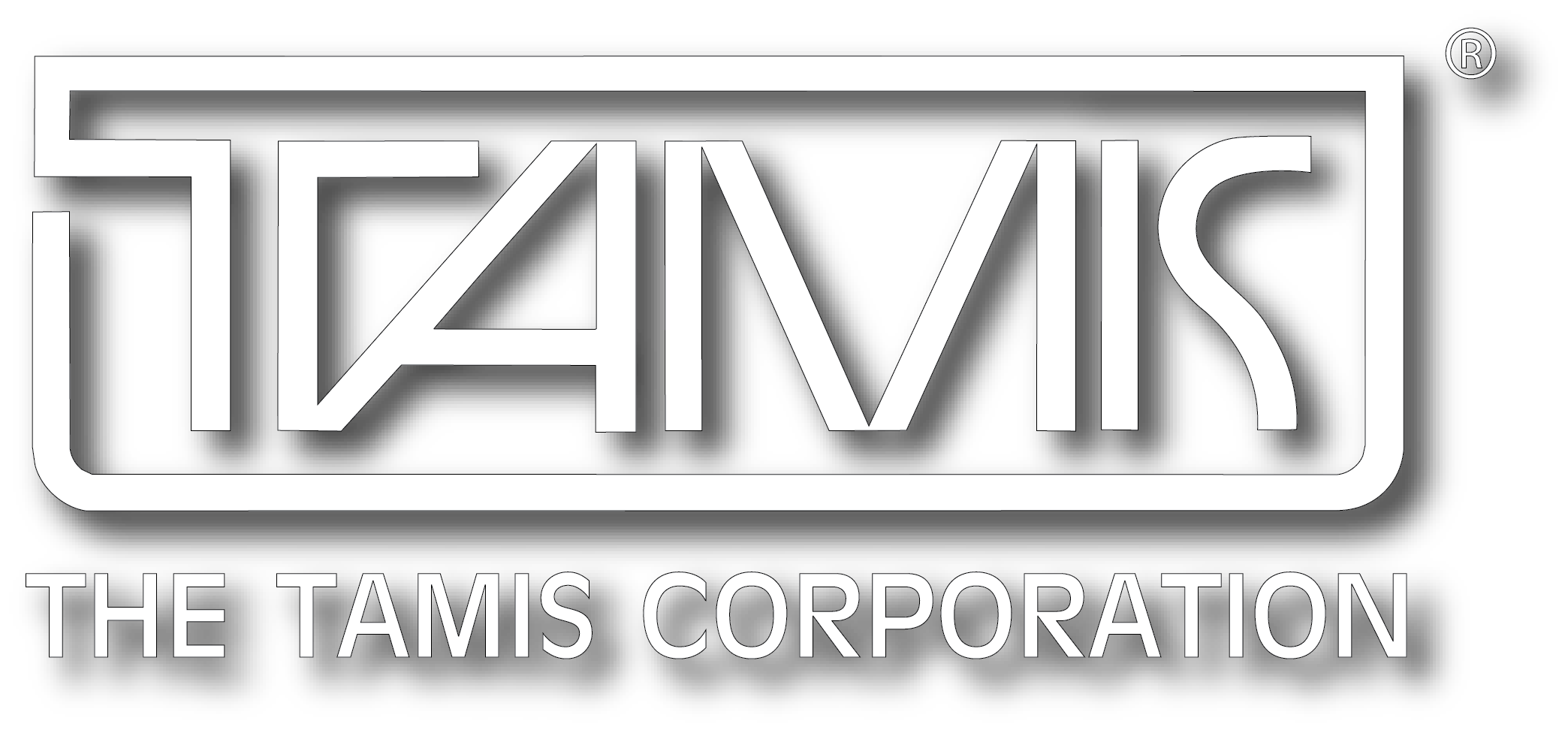Experience Reduces Damage and Increases Accuracy
Introduction
For a customer, sometimes the final part of the steel barrier purchase process is the most frustrating or anxiety-ridden. You may have researched your product selection and done due diligence on you choice of a vendor. You may have even obtained the best possible price.
But when the truck is unloaded, will you have received exactly what you ordered? Will your barriers be damage free when they arrive? Will your shipment be easy to unpack and move immediately into the field?
If a supplier fails in this step of the process, you may, correctly, consider the whole purchase experience a failure. Therefore you must choose a supplier that has established processes to ensure the following:
* That the quantity ordered matches the quantity delivered
* That products are packaged in a manner which minimizes potential damage
* That all elements of the package are identified to result in confusion-free unloading
The Proper Packing Process
Crowd control barricades should be shipped on pallets. For protection, cardboard should be placed over the pallets. Strong steel bands should anchor the barriers to the pallet during transport. Responsible vendors will usually affix two to four steel bands (depending on the size of the barriers) to each pallet, specifically positioning the bands to withstand rough handling in transit. Ideally, pallets should extend past the length and width of the barrier to reduce potential damage to the hooks.
Some vendors will use internal supports – usually four vertical supports which lock in the barriers – to prevent sliding during transport
In addition to the barricades themselves, the corresponding bases must also be packed (and accounted for) properly. Most experienced vendors will have a process in which the bases are counted twice for verification. Experience has also shown that nestling the bases between the bars (uprights) of the barricade is an efficient packing practice. Large bases and small bases should be placed on different sides of the barricade, with spaces between the middle uprights left unfilled to make the two base sizes easily identifiable. Boxes of bolts, nuts, and washers – clearly identified – should also be placed between the uprights.
Communication
The shipper should also take the necessary steps to communicate with the recipient at this stage via packing slips and other informational sheets that can be attached to the pallets. The packing slip will ideally be taped securely onto the cardboard covering the pallet. Another helpful message is a label directed to the recipient’s receiving department, providing the instruction to refrain from signing for the shipment until it is thoroughly inspected for damage.
Similarly, experienced shippers also include a label with a message for the carrier, expressly stating that the shipment must remain palleted and wrapped.
Weighing In
It is important that your supplier has a reliable process for weighing each pallet for accuracy on the bill of lading. This saves both money and time. A few of the most respected suppliers of steel barricades have weighing processes that are so accurate that many trucking companies do not re-weigh.
The Load Out
On the suppliers’ end, the final stage is the loading of the pallets onto a truck. Loading is generally done via forklift. Palleted barricades can be placed in a truck both horizontally and vertically (although barriers larger than eight-feet must be loaded in long-ways). Within the truck, ample space should be left on both sides of the pallet to reduce potential damage (obviously, barriers which would bump up against the inside “wall” of the truck could be damaged).
Summary
Experience matters. Among barricade suppliers, there are newcomers, and there are companies that have been packing and preparing the shipments of crowd control barricades for over two decades. The leading established companies have perfected the process through trial and error. Any company can get a shipment out. But the true ultimate goal, the one that matters to the customer, is whether the process ensures safety, accuracy, speed, and cost-efficiency.
